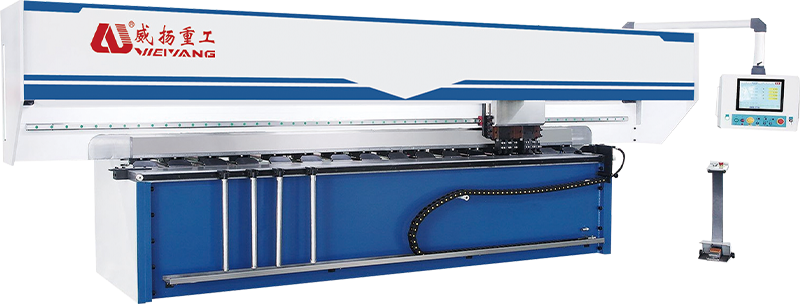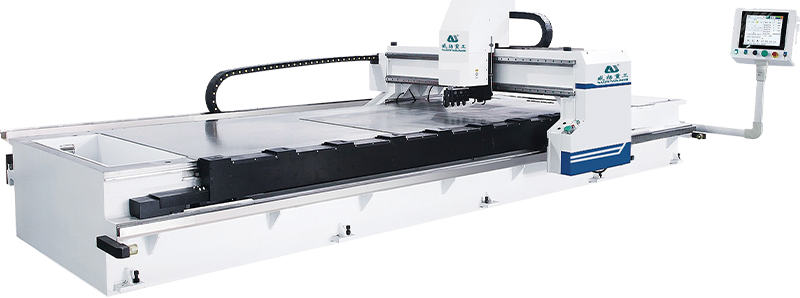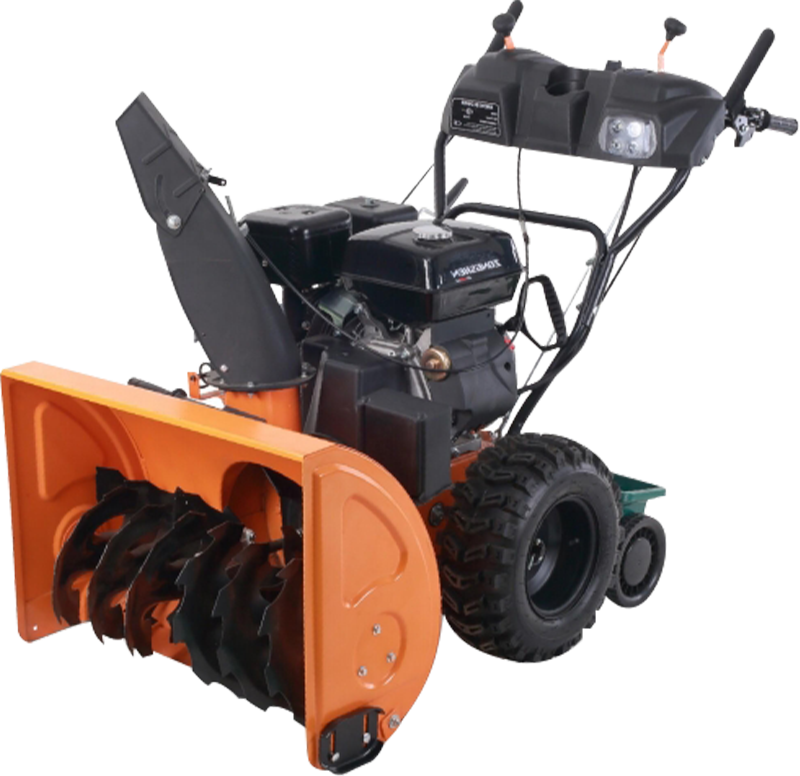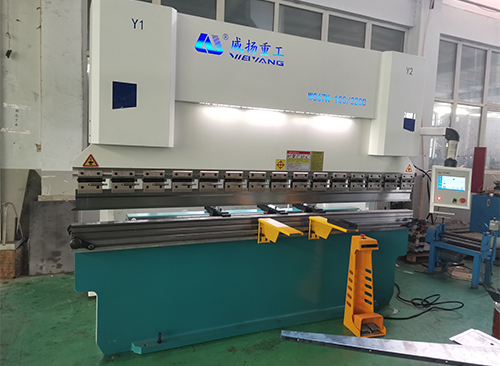How do the feed speed and spindle speed of CNC Router affect the processing effect?
The feed speed and spindle speed of CNC Router are key parameters that affect the processing effect. The settings of these two parameters are directly related to the processing quality, efficiency, tool life, and the smoothness and accuracy of the material surface. Understanding and optimizing these two parameters is crucial to the operation of CNC Router and can significantly improve production efficiency and product quality.
Effect of feed speed:
Feed rate refers to the speed at which the tool moves over the workpiece material, usually measured in millimeters per minute (mm/min) or inches per minute (ipm). The influence of feed speed on processing effect is mainly reflected in the following aspects:
Processing efficiency:
Higher feed speeds can improve processing efficiency and reduce single-piece working hours, thereby increasing productivity. Efficient feed speed can quickly remove material and improve the overall production rhythm. However, too high a feed rate may cause the tool to leave obvious cutting marks on the material surface and reduce the surface finish. In order to find a balance between speed and quality, it is usually necessary to adjust the feed speed according to the material properties and processing requirements.
Surface finish:
The feed speed directly affects the surface finish of the material. Feed rates that are too high may cause the tool to leave visible cutting marks on the material surface, which can reduce the surface finish and aesthetics of the finished product. Although a feed rate that is too low can increase surface finish, it will result in low material removal rate, may cause excessive friction and material accumulation, and affect the surface quality. Therefore, it is necessary to choose a moderate feed speed that can maintain efficient processing and ensure good surface finish.
Tool life:
Proper feed speed can extend tool life. If the feed rate is too high, the tool will be subjected to excessive cutting forces, causing premature wear or damage. On the contrary, a feed speed that is too low will cause the tool to stay in the same position for too long, increase friction and heat accumulation, and also shorten tool life. Therefore, reasonable feed speed is crucial to extend tool life.
Precision:
High feed rates may cause increased tool vibration, thereby reducing machining accuracy. Moderate feed speed can maintain the stability and accuracy of processing and ensure the dimensional accuracy and shape accuracy of the workpiece. When machining accuracy is high, a lower feed speed is usually selected to reduce vibration and deviation.
Effect of spindle speed
Spindle speed refers to the speed at which the CNC Router's spindle rotates, usually in revolutions per minute (RPM). The influence of spindle speed on processing results is mainly reflected in the following aspects:
Cutting force and cutting temperature:
Higher spindle speed can reduce the amount of material cut each time and reduce cutting forces, thereby reducing tool and workpiece deformation. At high speeds, less material is removed in each cut, which can reduce cutting forces, but too high speeds will increase cutting temperatures, which may cause material burns or tool overheating. Different materials have different requirements for spindle speed. Soft materials such as wood and plastic usually require higher speeds, while hard materials such as metal require lower speeds to prevent tool overheating and damage.
Surface finish:
Higher spindle speeds improve surface finish because cutting smaller amounts of material each time produces a smoother surface. Too low a rotational speed will make the cutting process not smooth enough, leaving large tool marks and rough surfaces. When processing workpieces with high surface finish requirements, a higher spindle speed is usually selected to ensure a smooth surface effect.
Material properties:
Different materials have different requirements for spindle speed. Soft materials like wood and plastic generally require higher RPMs, while hard materials like metal require lower RPMs to prevent the tool from overheating and damage. Understanding the material properties and choosing the appropriate spindle speed can optimize the processing effect and improve the processing quality.
Tool life:
Proper spindle speed can extend tool life. If the rotation speed is too high, tool wear will increase and tool life will be shortened. Too low a rotational speed may lead to insufficient cutting, increase the tool load, and shorten the tool life. Reasonable spindle speed is crucial to extending tool life and reducing production costs.
Comprehensive adjustment of feed speed and spindle speed
The feed speed and spindle speed need to be comprehensively adjusted according to the specific processing materials and process requirements to find the best combination. These two parameters influence each other and require continuous adjustment and optimization in practice.
Cutting conditions:
According to the specific processing materials and process requirements, adjust the combination of feed speed and spindle speed. For example, hard materials require lower feed speeds and spindle speeds, while soft materials require higher feed speeds and spindle speeds. Through reasonable adjustment of cutting conditions, efficient and high-quality processing can be achieved.
Tool type:
Different types of tools are suitable for different combinations of feed speeds and spindle speeds. It needs to be adjusted according to the tool manufacturer's recommended parameters. By selecting the appropriate tool and adjusting the combination of feed speed and spindle speed, the machining effect can be optimized and production efficiency improved.
Experiment and tweak:
Adjust the feed speed and spindle speed through trial processing to find the best combination to achieve the ideal processing effect. In actual operation, the most suitable parameter settings can be found through continuous experimentation and adjustment to ensure the best processing effect.
actual case:
timber processing:
In wood processing, high rotational speeds and medium feed speeds are usually chosen. For example, high rotational speed (18000 RPM) and medium feed rate (3000 mm/min) can achieve efficient cutting and good surface finish. This combination removes wood quickly, ensuring a smooth cutting process and a smooth surface.
Aluminum processing:
In aluminum processing, you need to choose medium speeds and low feed speeds. For example, a medium rotational speed (12,000 RPM) and a low feed rate (1,000 mm/min) can avoid tool overheating and aluminum sticking. Through reasonable parameter settings, the cutting quality and surface finish of aluminum can be ensured.
Steel processing:
In steel processing, lower rotational speeds and low feed rates need to be selected. For example, lower rotation speed (6000 RPM) and low feed speed (500 mm/min) can reduce cutting heat and tool wear, and improve processing quality and accuracy. Through reasonable parameter settings, the cutting effect and processing accuracy of steel can be ensured.




























